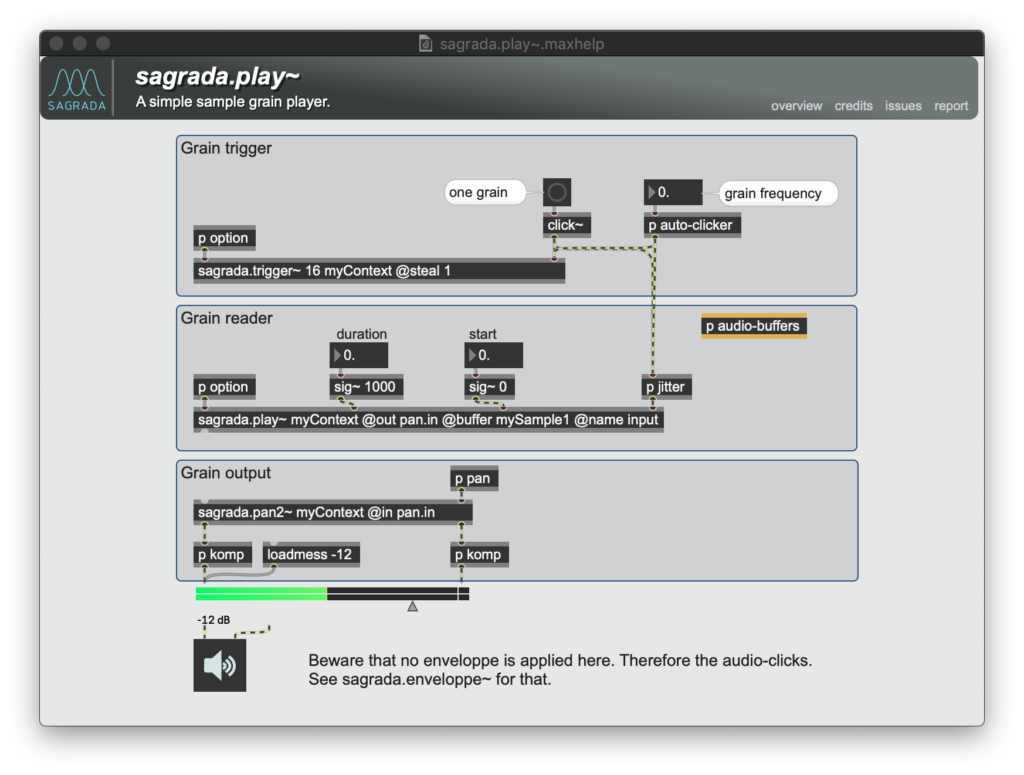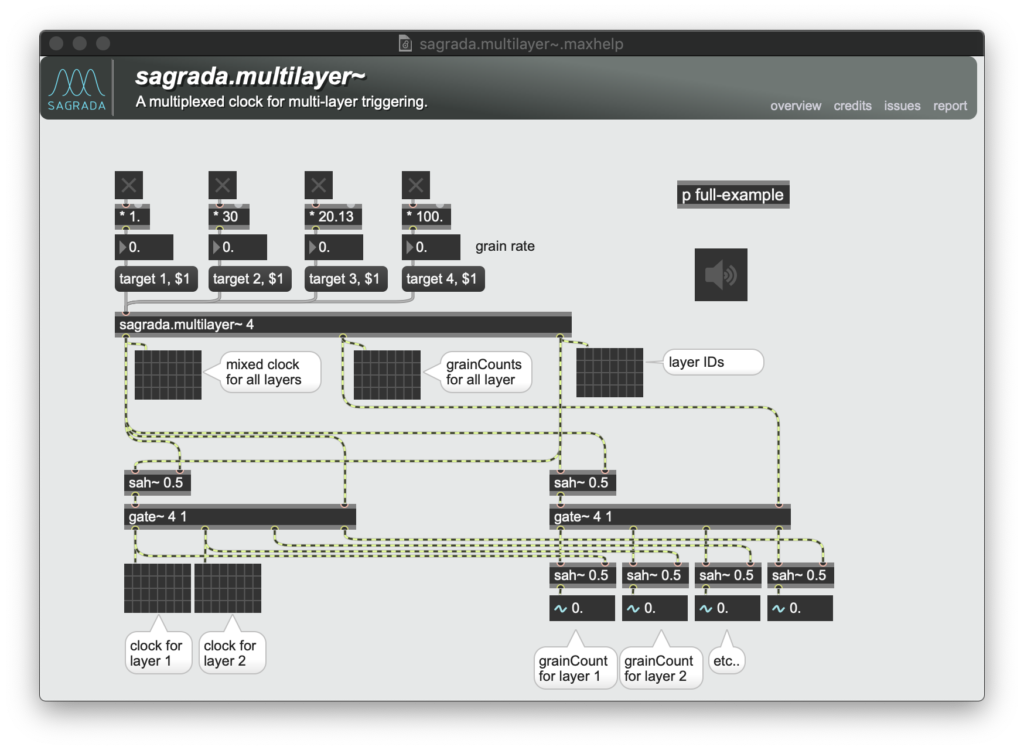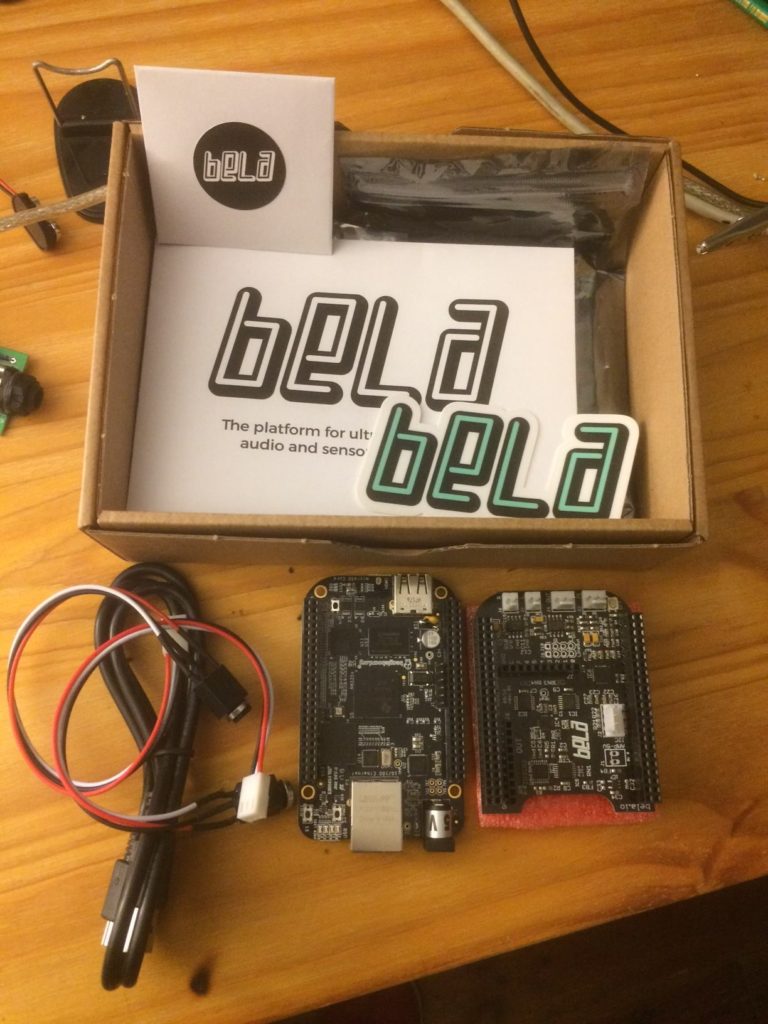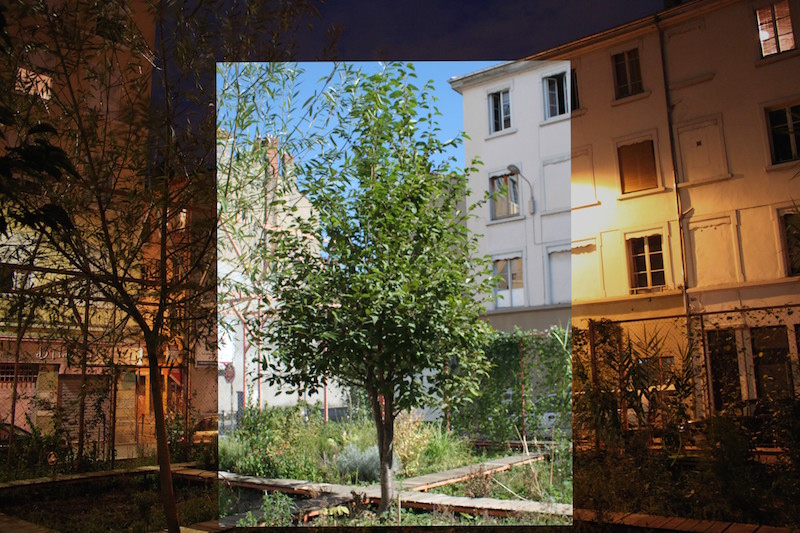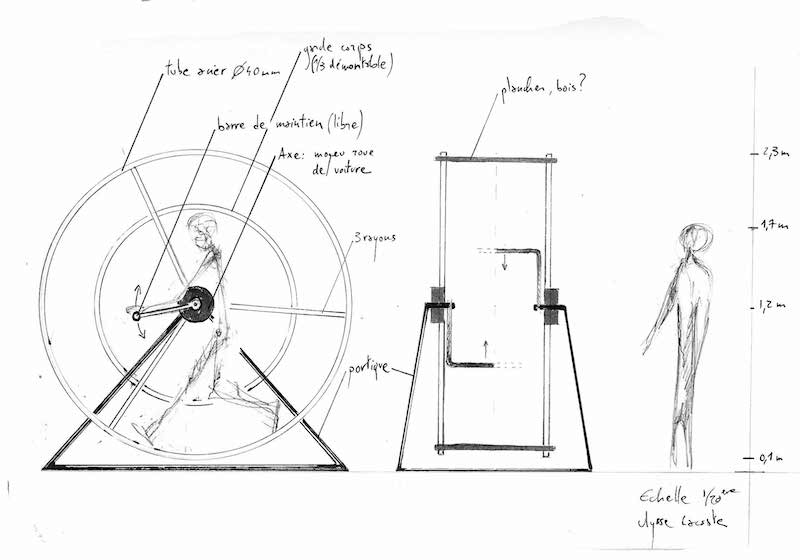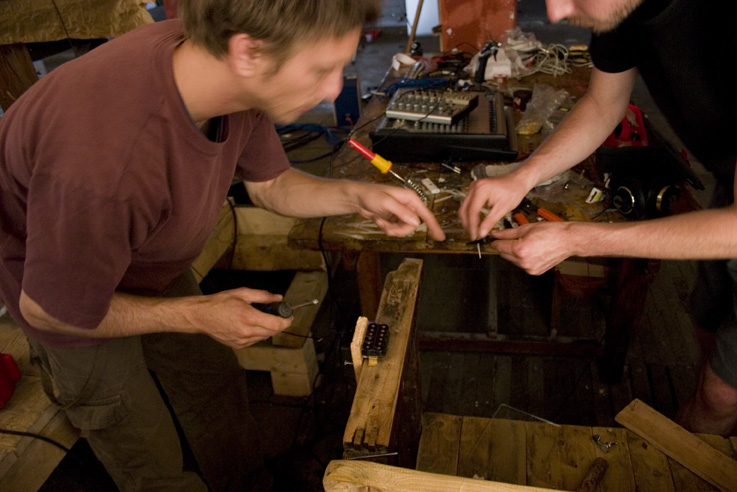Designing a complete in-car audio experience requires rapid prototyping solutions in a complex audio configuration, bringing together different areas of expertise ranging from sound-design and composition, down to hardware protection, with every conceivable layer of audio engineering in-between, up to A-B comparisons setups for end-users perception evaluation in real demonstration vehicules.
The AIM project started as a request from the Active Sound eXperience team at Volvo Cars Company to meet such goals.To this end, it was decided to develop a framework on top of Max/MSP, so that dedicated audio processing modules could be easily created, with the ability to store presets for various configurations, and to take advantage of Max’s modular design to distribute the complexity of audio engineering among the various expert teams involved in the project.
The core part of the package (building blocks) was presented at the Sound and Music Conference (SMC’22) organized by GRAME in Saint Etienne, France.
Summary: https://zenodo.org/record/6800815



